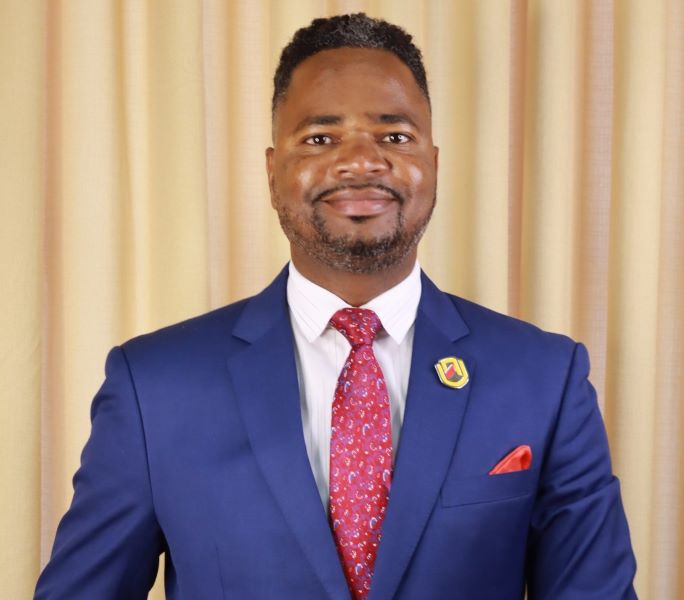Community-Based Co-Design of a Crowdsourcing Task Management Application for Safeguarding Indigenous Knowledge
Description
This research is investigating how rural communities in Namibia could crowdsource graphic designs as part of safeguarding their Indigenous Knowledge (IK). IK is knowledge mastered by local communities through their cultural practices and survival tactics. African IK is orally transferred by the elders to the youth as compared to scientific knowledge published in research papers. Since IK has not been recorded in any persistent format those that are well equipped with IK when they pass on, they leave with the wealth of IK. Thus, the IK is disappearing. It is based on this background that prompted the importance of safeguarding IK. As an initial effort to keep IK, a 3D tablet application HomeSteadCreator (HSC) was co-designed with the ovaHerero rural communities from Erindi-Roukambe, Omaheke region, Namibia (Rodil et al, 2012).
The HSC allows users to construct their homesteads and create scenarios by using 3D objects representing real elements in the rural surroundings to be placed on a ground soil look-alike surface. One of the challenges of safeguarding IK on a broader context is to adapt the HSC application from a rural community to the next different one. For this to succeed the 3D models representing the objects one rural community needs to be replaced and new ones explicitly designed for the different rural community has to be created.
Considering then individual customisations would be rather time-consuming and costly, and thus far there is a scarcity of local 3D graphic designers. We pursue supporting crowdsourcing of 3D models as locally defined by Namibian rural communities first and then globally delivered by graphic designers. The present study thus aims at investigating how indigenous communities could make requests for 3D models to be communicated to the graphics designers on the World Wide Web. Moreover how the indigenous communities could evaluate the delivered graphics.

